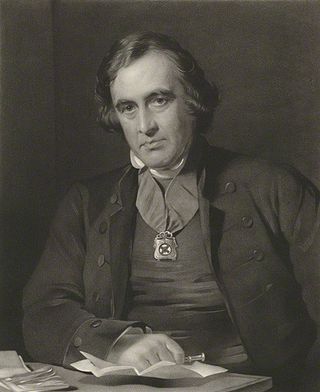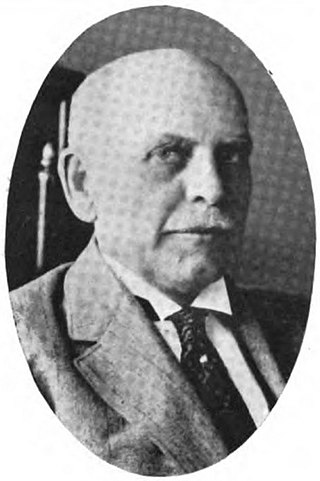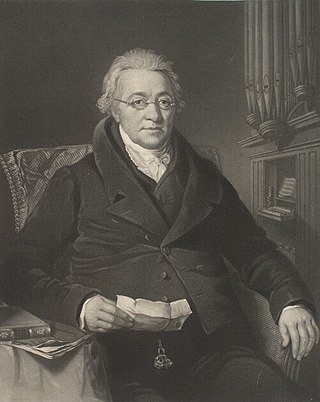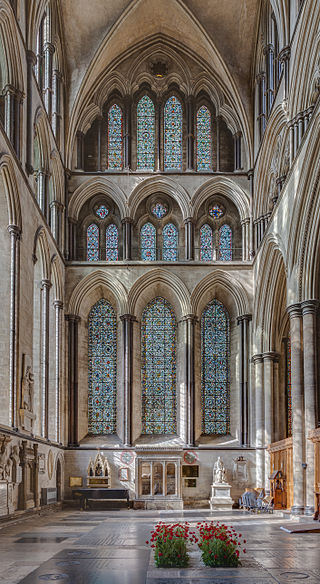
William Shield was an English composer, violinist and violist. His music earned the respect of Haydn and Beethoven.

David Mather Masson, was a Scottish academic, supporter of women's suffrage, literary critic and historian.

Richard Chenevix Trench was an Anglican archbishop and poet.

Otto Erich Deutsch was an Austrian musicologist. He is known for compiling the first comprehensive catalogue of Franz Schubert's compositions, first published in 1951 in English, with a revised edition published in 1978 in German. It is from this catalogue that the D numbers used to identify Schubert's works derive.
Jones Quain was an Irish anatomist, born at Mallow. Quain was Professor of Anatomy and Physiology in the University of London. He was author of Elements of Anatomy, of which the first edition was published in 1828.

Alfred Lucking was an American lawyer and politician from the U.S. state of Michigan. He served as a member of the United States House of Representatives, and was general counsel for the Ford Motor Company and the Henry Ford interests.

Christian Ignatius Latrobe was an English clergyman of the Moravian Church, as well as an artist, musician and composer. He created a large number of works for, and most famously edited, a Selection of Sacred Music in six volumes between 1806 and 1826, introducing the sacred music of Haydn, Mozart and Pergolesi and other European continental composers who were largely unknown to English audiences.

Joseph Edwards was a Welsh sculptor. His work appears in many churches and cemeteries in England and Wales, in Westminster Abbey, and in the old town hall of Merthyr Tydfil. Seventy of his works were exhibited at the Royal Academy of Arts between 1838 and 1878.

John Blyth or John Blythe was a medieval Bishop of Salisbury.
Thomas William Saunders (1814–1890), was an English metropolitan police magistrate. And a notable revising Barrister-at-law.

The Chief Baron of the Irish Exchequer was the Baron (judge) who presided over the Irish Court of Exchequer. This was a mirror of the equivalent court in England, and was one of the four courts which sat in the building in Dublin which is still called The Four Courts.
Benjamin Robert Wheatley was an English bibliographer.

Samuel Noble (1779–1853) was an English engraver, and minister of the New Church (Swedenborgian).
Samuel Neil (1825–1901) was a Scottish schoolteacher, journalist and author.
Walford Dakin Selby (1845–1889) was an English archivist and antiquary.
Fanny Bury Palliser (1805–1878) was an English writer on art and lace.
George Smith was an English businessman, historian and theologian. He is now best known for historical work relating to the Methodist conference.
John Cordy Jeaffreson was an English novelist and writer of popular non-fiction. He also spent periods teaching and as an inspector of historical documents.

Vladimir Ivanovich Saitov was a Russian bibliographer and literary historian, secretary of the Imperial Russian Historical Society (1916). Actual State Councilor (1916).












